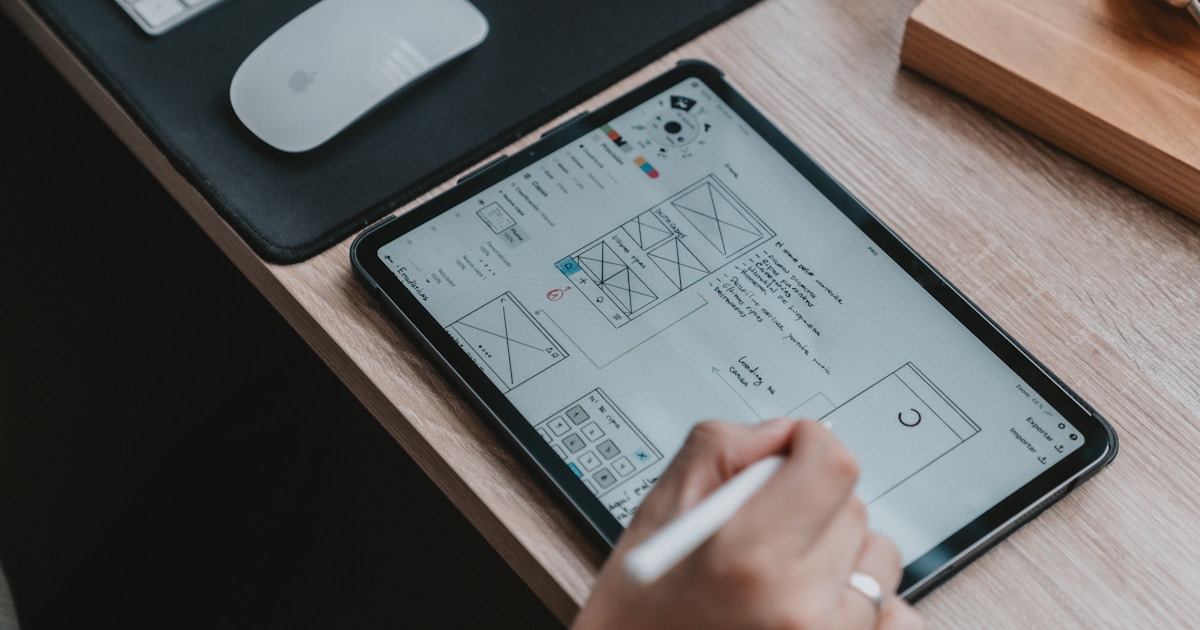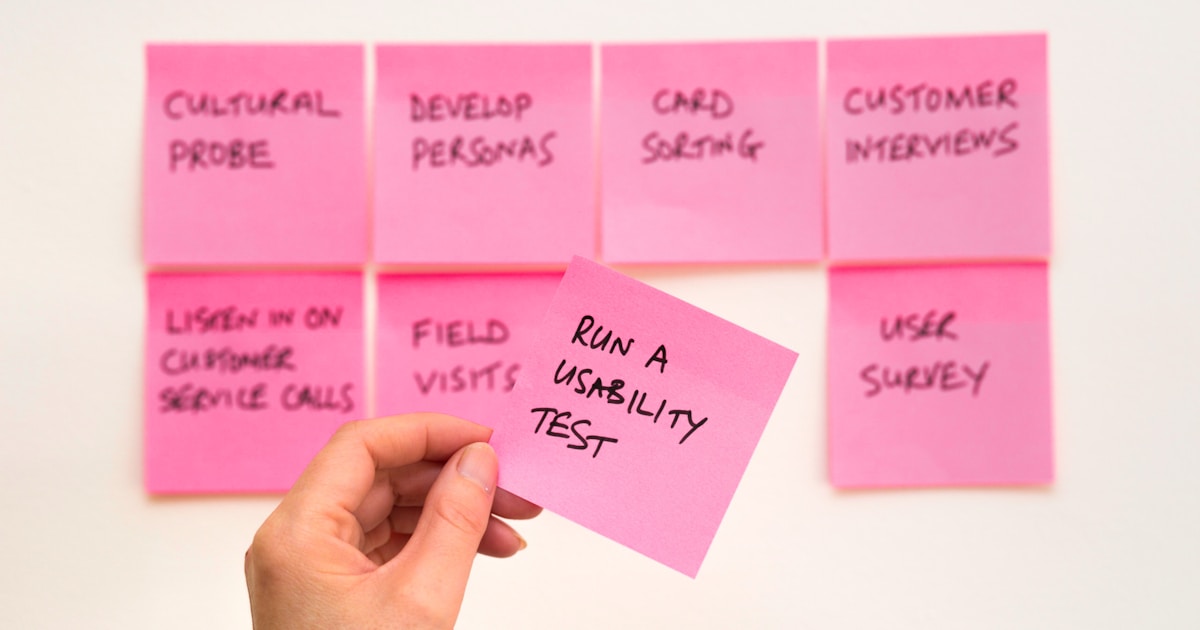The Art of User Interviews: Beyond the Questions

User interviews are one of the most powerful tools in a UX designer’s toolkit, but they’re also one of the most misunderstood. Too often, I see teams treating interviews like surveys—asking direct questions and expecting direct answers. The real magic happens when you go beyond the surface and uncover the underlying motivations, emotions, and context that drive user behavior.
The Problem with Direct Questions
When we ask users directly about their preferences or behaviors, we often get answers that don’t reflect reality. People are notoriously bad at predicting their own behavior and explaining their motivations. They’ll tell you they want more features, but what they really need is better organization of existing features.
The Art of Listening
The most valuable insights come not from the answers users give, but from the stories they tell. Here’s how to conduct interviews that reveal the truth:
1. Start with Context, Not Questions
Instead of jumping into your prepared questions, begin by understanding the user’s world. Ask them to walk you through their typical day or show you how they currently solve the problem you’re trying to address.
2. Follow the Emotion
Pay attention to emotional cues—frustration, excitement, confusion. These moments often reveal the most important pain points and opportunities.
3. Ask “Why” Five Times
When a user tells you something, dig deeper. Ask why they do it that way, why they feel that way, why they chose that solution. Each “why” reveals another layer of understanding.
Practical Tips for Better Interviews
Create a Safe Space
- Start with easy, non-threatening questions
- Acknowledge that there are no wrong answers
- Show genuine interest in their responses
Use the “Show, Don’t Tell” Approach
- Ask users to demonstrate rather than describe
- Have them walk through actual tasks
- Observe their behavior in real-time
Embrace the Awkward Silence
- Don’t rush to fill every pause
- Give users time to think and elaborate
- Sometimes the best insights come after a moment of silence
Common Pitfalls to Avoid
- Leading Questions: “Don’t you think this feature would be useful?”
- Hypothetical Scenarios: “What would you do if…?”
- Technical Jargon: Use language your users understand
- Too Many Questions: Focus on depth, not breadth
Turning Insights into Action
The real value of user interviews comes from how you use the insights. Here’s my process:
- Synthesize Immediately: Review notes within 24 hours while memories are fresh
- Look for Patterns: Identify common themes across multiple interviews
- Create User Stories: Turn insights into actionable user stories
- Validate with Data: Use quantitative methods to validate qualitative insights
The Bottom Line
User interviews are not about getting answers—they’re about understanding people. When you approach interviews with curiosity and empathy, you’ll uncover insights that transform your design decisions and create products that truly serve your users.
The next time you conduct user interviews, remember: you’re not just gathering information, you’re building understanding. And that understanding is what separates good design from great design.
What’s your experience with user interviews? What techniques have worked best for uncovering deep insights? I’d love to hear your thoughts and continue the conversation.
